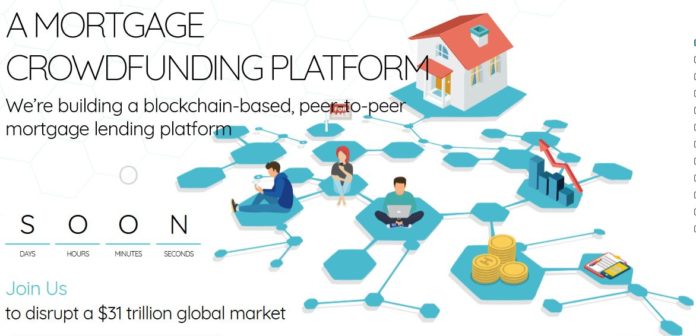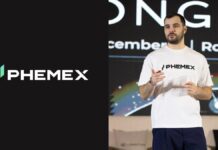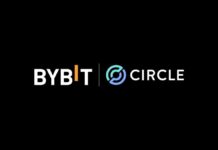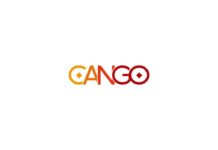
The behemoth mortgage and housing loan market has so far largely remained impervious to the disruptive power of blockchain and distributed ledger technologies. In the last quarter of 2017, there was $14.9 trillion in mortgage debt outstanding in the U.S. alone, according to the latest figures from the Boards of Governors of the Federal Reserve System.
Yet in today’s digital world, this paper-based model paired with outdated credit approval criteria surely won’t be a match for blockchain-based lending platforms that can iron out inefficiencies. Cryptocurrency lending platforms are not new with early proof of concepts gaining traction with micro-loans and personal peer-to-peer lending. The scene is now set for blockchain-based mortgage lending platforms to emerge.
Current inefficiencies
There are multiple steps involved in taking out a mortgage and with each step beseeched by additional costs – as explained by the US Consumer Financial Protection Bureau (CFPB). These include origination and lender charges, points, and third-party closing costs.
The application process is arduous and usually involves paperwork being gathered and approved, further processed by lawyers, agents, and notaries. The borrower’s credit history must meet stringent credit rating criteria which seems to bear reducing relevance in today’s digital economy. In an increasingly digital economy, millennials and Gen-Xers loaded with student debt are keen to explore reputational models over FIDO scores.
Is blockchain the solution?
Budding mortgage crowdfunding platforms like Homelend are now primed to enter this scene, armed with the efficiencies that blockchain promises.
“We thought that a fundamentally different approach to the mortgage industry had to be taken,” explains Itai Cohen, CEO and co-founder of Homelend. “It would be obviously entirely digital, instantaneous and free of any paperwork, faxes or anything like that. The new approach must be innovative, and appealing for millennials, the opposite approach than the one that the mortgage sector has today.”
The distributed nature of blockchain can provide a digital trail to all the parties that are involved– instantly easing the reliance on the legacy paper-based model. The level of trust, transparency and record immutability that can be built into a blockchain is sufficient to replace the centralized trust-based models that have been traditionally provided by lenders and credit agencies.
Mortgage customers could expect significant drops in the cost of mortgage processing fees that would be charged if some of these processes were replaced with smart contracts. Third-party intermediary costs typically stand at between 1% and 2% of the value of the property–these are significant costs that can be eliminated. Documentation that exists on a tamper-proof immutable ledger can further help to streamline the application process–as one of the persistent challenges the mortgage industry faces is falsified documents.
The peer-to-peer lending model
Homelend plans to bring peer-to-peer funding and investment opportunities, to improve lending information management, and to automate business processes by using smart contracts. Smart contracts are now sophisticated enough for embedding predefined business logic–which means the terms of the contract can be deployed on the blockchain.
Borrowers will be able to crowdfund the mortgage without relying on a bank or secondary lender–they will be interacting directly with peers through the platform. Lenders on the platform will enter smart contracts to receive predictable returns. The whole process will be sped up as most of the steps will happen directly on the platform itself. Artificial intelligence algorithms will be used to determine if all the lending criteria are met–further automating and streamlining the process. It is estimated that the time for approval can be reduced from an average of 50 days to as low as 20 days by using the platform.
An issue that comes up when borrowing from peers is that of loan delinquencies. Loans will only be issued up to the value of the property when using the platform. A cap is set once the current property price is established and the borrower can borrow up to that cap. If the loan is approved, the property is held as collateral by the platform until all the repayments are made. Should the payments not be made, the property will be forfeited by the platform and all the loaned funds will be returned to the peer lenders.
A new dawn for the mortgage industry
Beyond the US, the global mortgage industry is estimated to exceed $31 trillion globally. The industry has never faced any serious competition and this is one of the reasons it has never set out to modernize and enter the digital age.
The millennial generation will find it extremely difficult to enter the housing loan market, particularly as many of them are already loaded with student debt. In an age where billions of people can connect in real-time for near-free, can the banks and traditional lenders retain their stranglehold on the lending industry?
[newsletter_form lists="1"]










